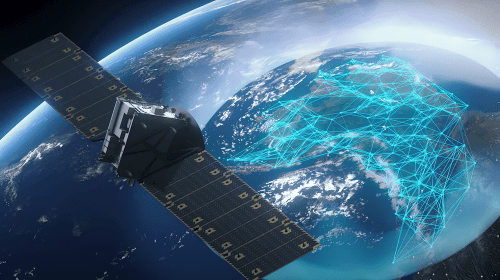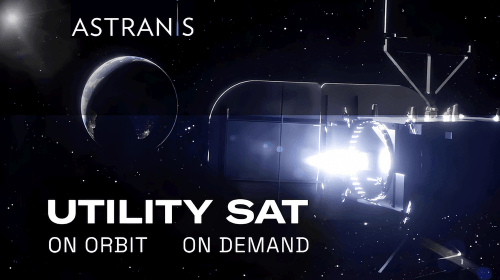Mar 05, 2018
Tom Choi recently resigned as CEO of Asia Broadcast Company (ABS). He turned ABS into a huge success as a tough competitor in the satellite industry. Choi remains on the board of ABS, but he has not abandoned the satellite industry, and remains outspoken and influential. In an article in ViaSat’s March 2018 newsmagazine, he questioned how realistic a view the satellite industry holds for its future
There is great excitement about NewSpace and how HTS (High Throughput Satellites) will contribute to the deployment of 5G services in the upcoming years. Choi questions whether the level of excitement and optimism is justified. He begins by noting that the FSS (Fixed Satellite Service) industry continues to be impacted by expansion of terrestrial services, based on fiber. As terrestrial services expand, users switch away from satellite to less costly options. As a result, large clients are pulling back from long term contracts, unsure when terrestrial services will replace their need for satellite capacity. A number of HTS vendors including OneWeb, ViaSat, Telesat and SES/O3b have increased investments in next-generation platforms, and they are adding more capacity and flexibility, but is it enough to compete with terrestrial providers? The problem, Choi suggests, is a lack of “broadband density.” Choi invented this term “to describe how much total capacity can be delivered within a square kilometer to serve people with wireless broadband services. “ He suggests that it can also be used as a measuring stick to compare capacity available from different types of wireless systems. He starts by noting the total surface area of the earth (510 square kilometers), and using OneWeb as an example, notes that with 540 satellites, each sporting about 20 Gbps, that they have a total of 13 Terabits per second. Doing the math, this means they have a broadband density of .025 Mbps or 250 Kbps per square kilometer.
 (Photo, courtesy of Google Earth, shows what encompasses 1 square kilometer over Downtown Seattle)
(Photo, courtesy of Google Earth, shows what encompasses 1 square kilometer over Downtown Seattle)
Clearly this capacity is not very much in places where people actually live. Choi notes that combining all HTS capacity would only deliver about 100 Kbps per square kilometer of broadband density.
Terrestrial alternatives, by comparison, such as a typial LTE eNode, deliver up to 300 Mbps with a range covering several kilometers. This broadband density generally exceeds 1 Mbps per square kilometer. Clearly with this kind of broadband density, none of the new HTS players will be able to compete with terrestrial providers where 4G is deployed. These data rates are peanuts compared with what 5G promises, with capacities of 1 Gbps to 10 Gbps per installation. A 5G 10 Gbps gNode is expected to have a broadband density over 3 Gbps per square kilometer.
Choi is confident that some of the HTS systems will find markets, in places where few people live, in mobile, aero and maritime applications, but he sees little role for satellite playing a meaningful role competing for the delivery of 5G-like services. If this “broadband density” concept is somehow flawed, we should expect to soon hear more from the industry in response.





